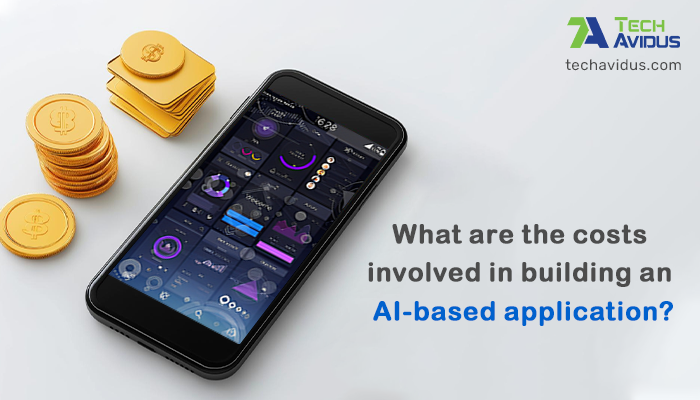
Artificial Intelligence (AI) has transformed the way businesses operate, creating innovative solutions that enhance productivity and improve user experiences. From AI-driven chatbots to predictive analytics systems, AI applications are becoming essential across various industries. However, developing an AI-based application involves significant costs, which depend on various factors. This blog will break down the critical components of AI application development cost to help you better understand the investment required.
The complexity of your AI application directly impacts the development cost. For instance, building a simple chatbot with predefined responses is far less expensive than creating a sophisticated AI system capable of natural language processing (NLP), image recognition, or predictive analytics. The more complex the AI algorithms and functionalities, the higher the cost.
AI thrives on data, making data collection and processing a significant cost factor. If your application requires large datasets, you'll need to invest in acquiring, cleaning, and labeling the data. Additionally, maintaining data privacy and compliance with regulations like GDPR adds to the overall cost.
The technology stack and infrastructure required for AI development can also influence costs. Leveraging cloud platforms such as AWS, Google Cloud, or Microsoft Azure for AI processing and storage can offer scalability but comes with ongoing subscription fees. Custom solutions may require specialized hardware, like GPUs, which further increases the investment.
The expertise and size of the development team play a vital role in determining the cost. Building an AI application typically involves collaboration among data scientists, AI engineers, software developers, and project managers. Hiring skilled professionals or outsourcing to a reputable IT company can significantly influence the budget.
Using third-party tools and APIs for functionalities like speech recognition, translation, or analytics can reduce development time but may incur licensing fees. These costs vary depending on the tools and their usage.
AI applications require continuous monitoring, updates, and improvements to ensure optimal performance. Budgeting for post-launch maintenance is essential, as it ensures the application remains relevant and effective.
If you’re concerned about costs, here are some strategies to optimize your budget:
Investing in AI application development is a strategic decision that can deliver substantial returns. By understanding the various factors that influence costs, you can plan your project effectively and achieve the desired outcomes. At TechAvidus, we specialize in delivering tailored AI Development Services to businesses seeking innovative solutions. Contact us today to discuss your AI project and get a detailed cost estimate.
Our Top 1% Tech Talent integrates cutting-edge AI technologies to craft intelligent, scalable, and future-ready solutions.
All Rights Reserved. Copyright © 2025 | TechAvidus